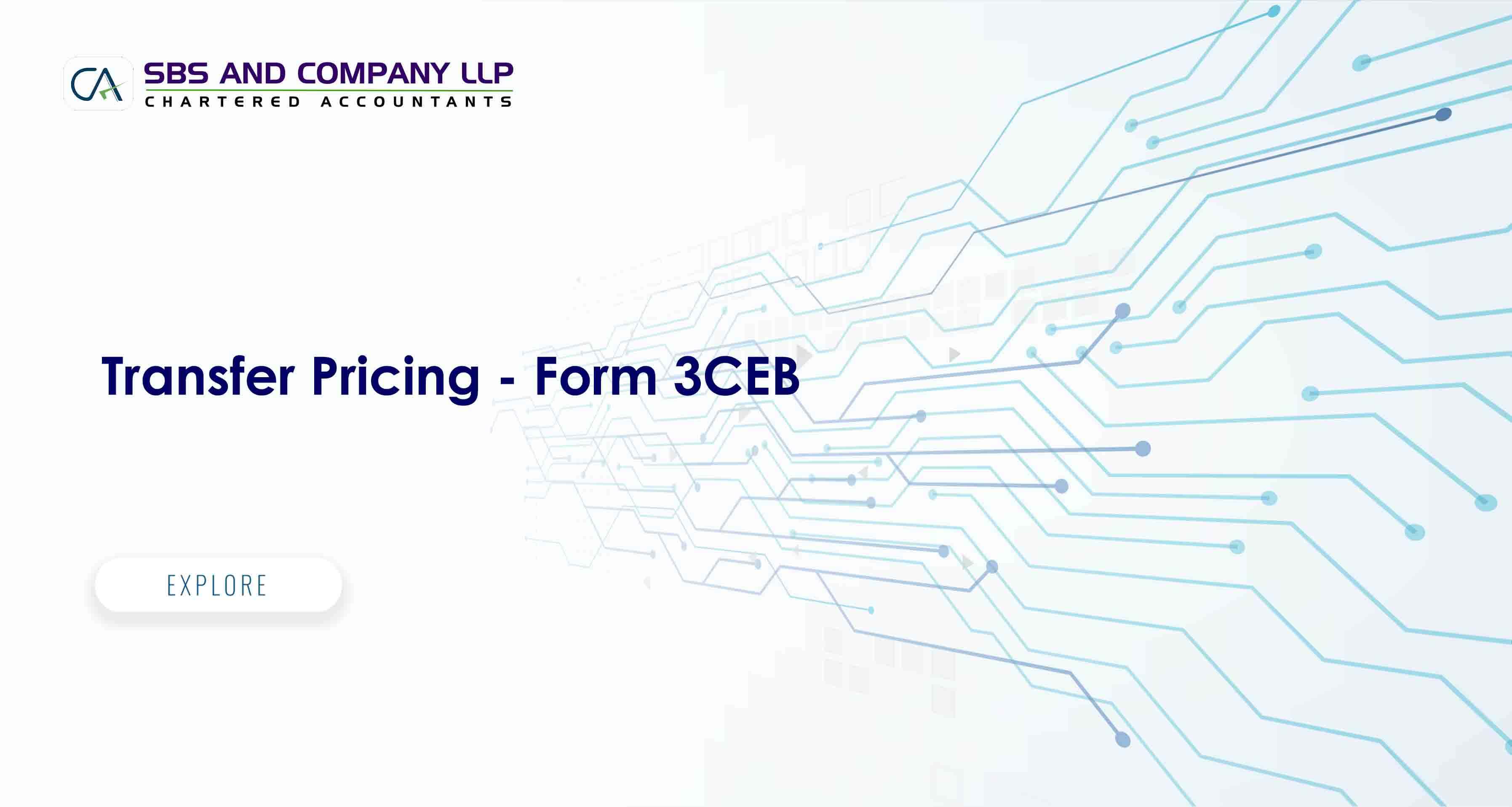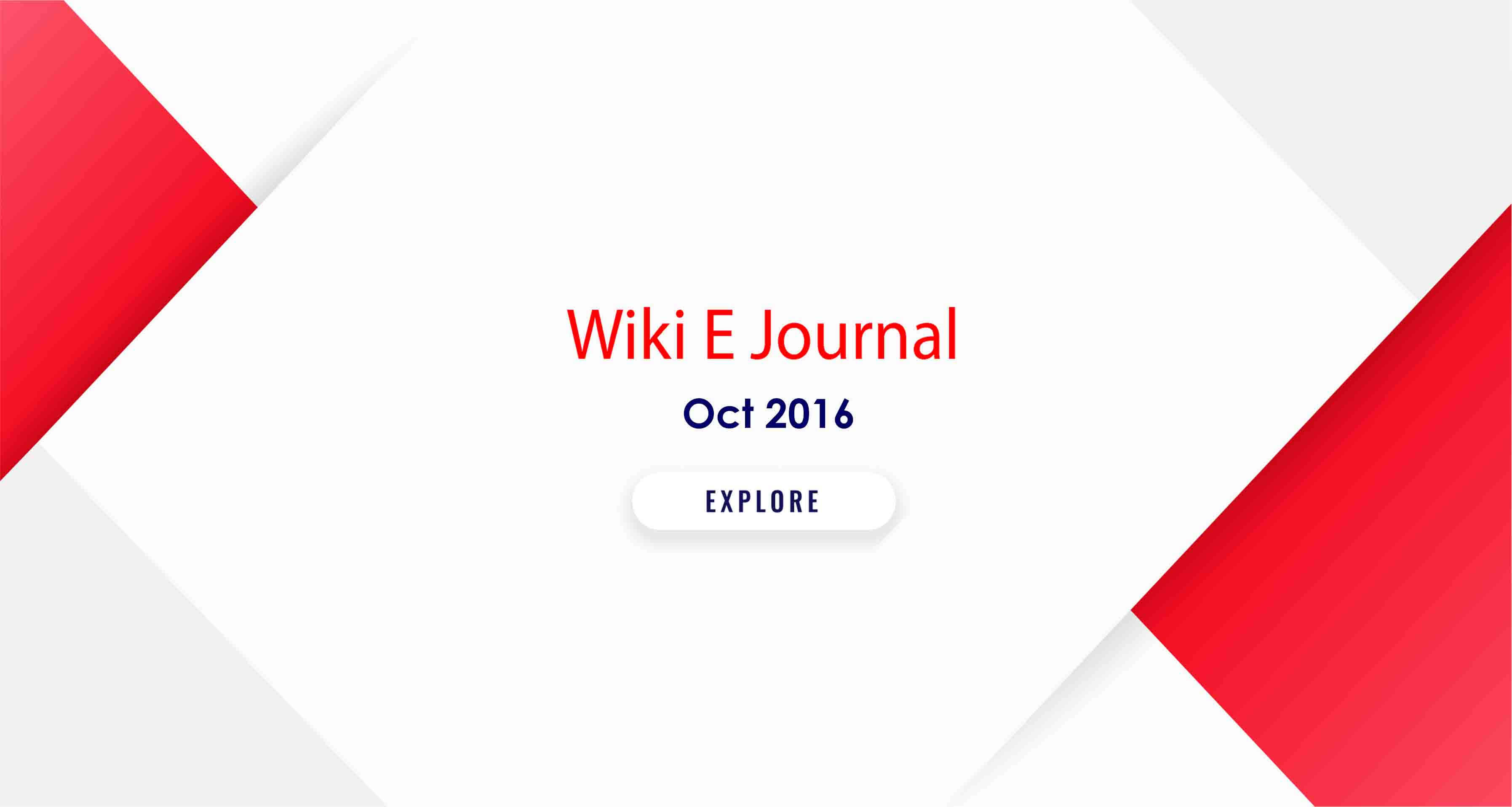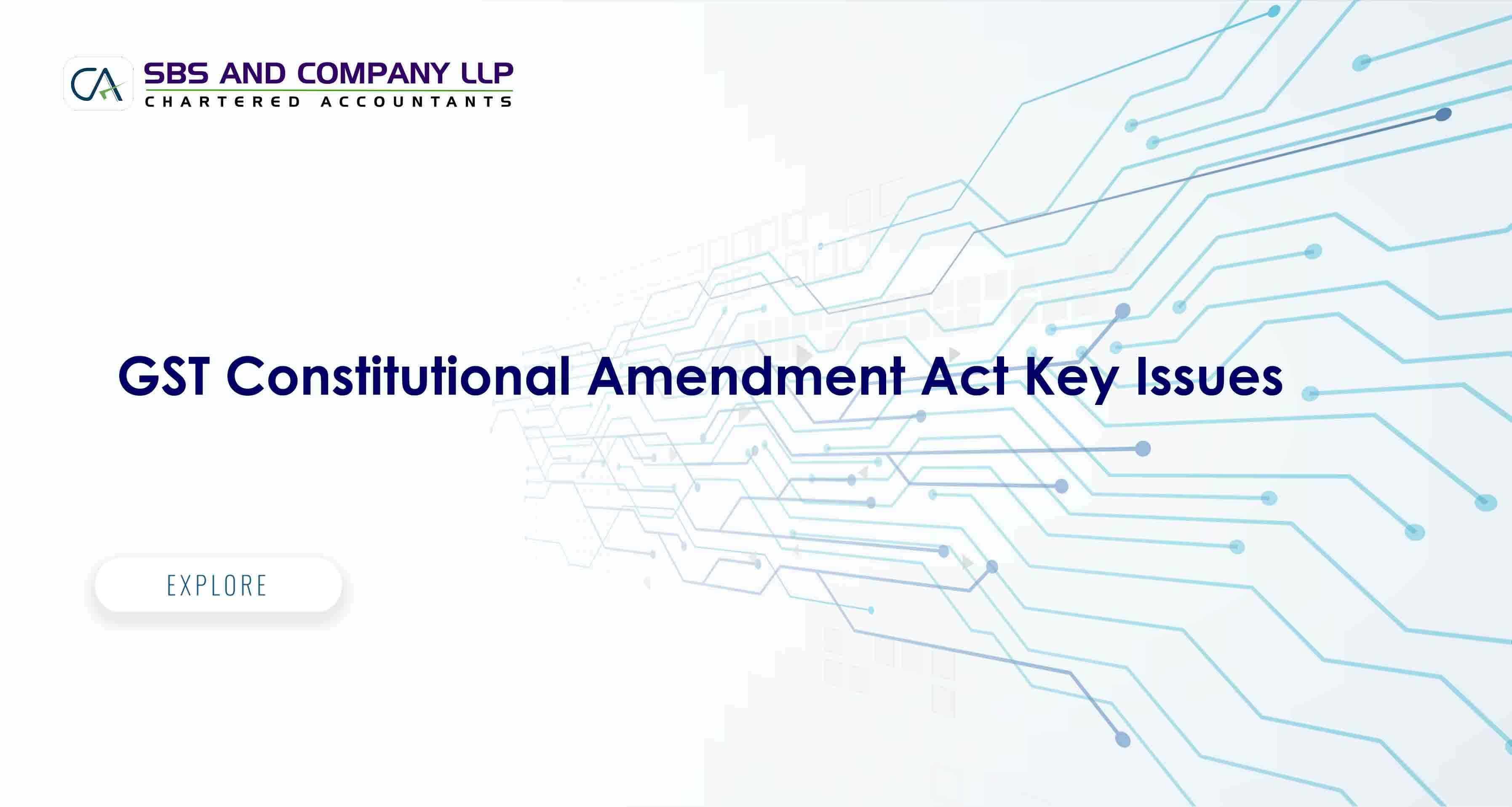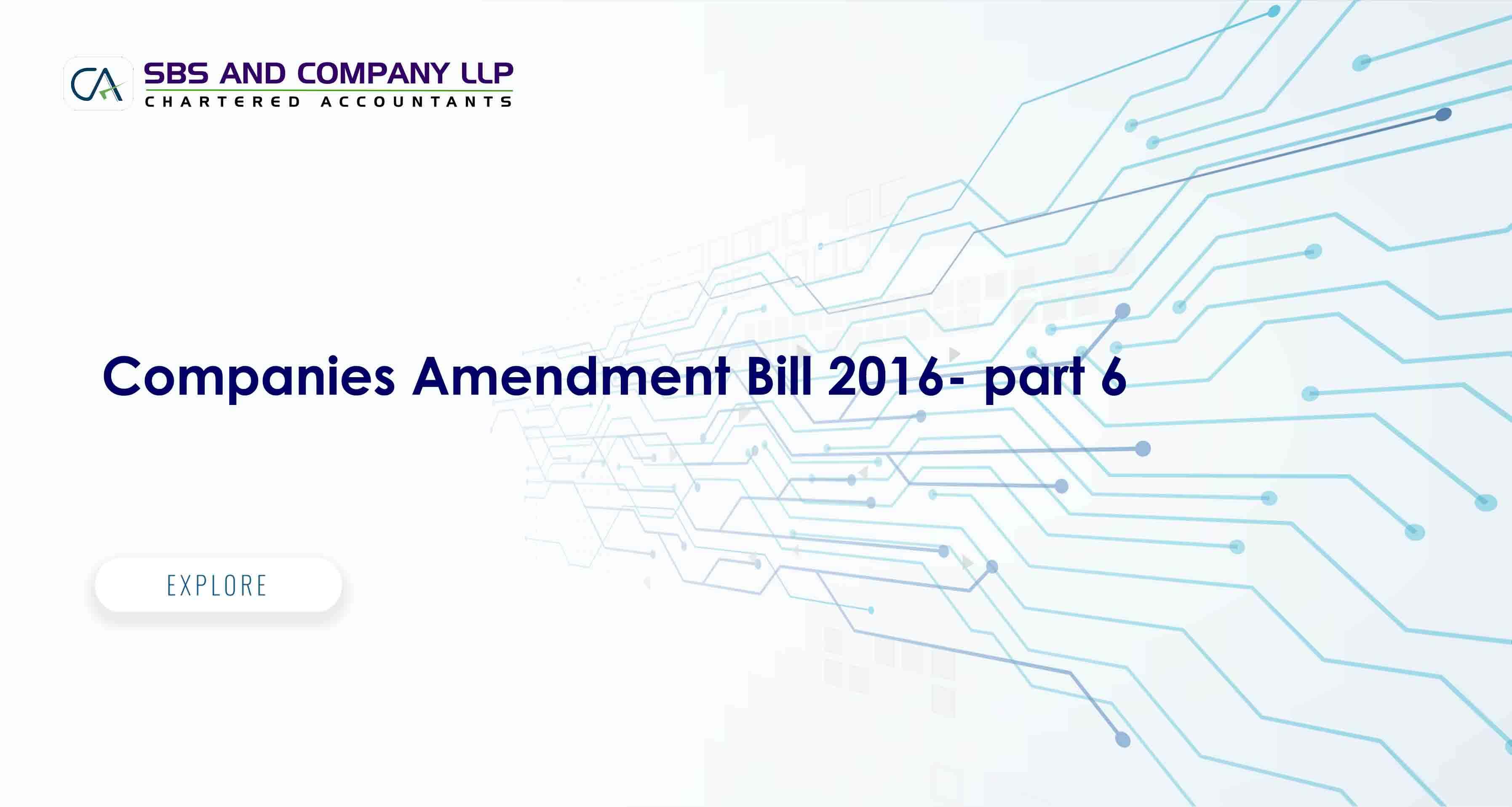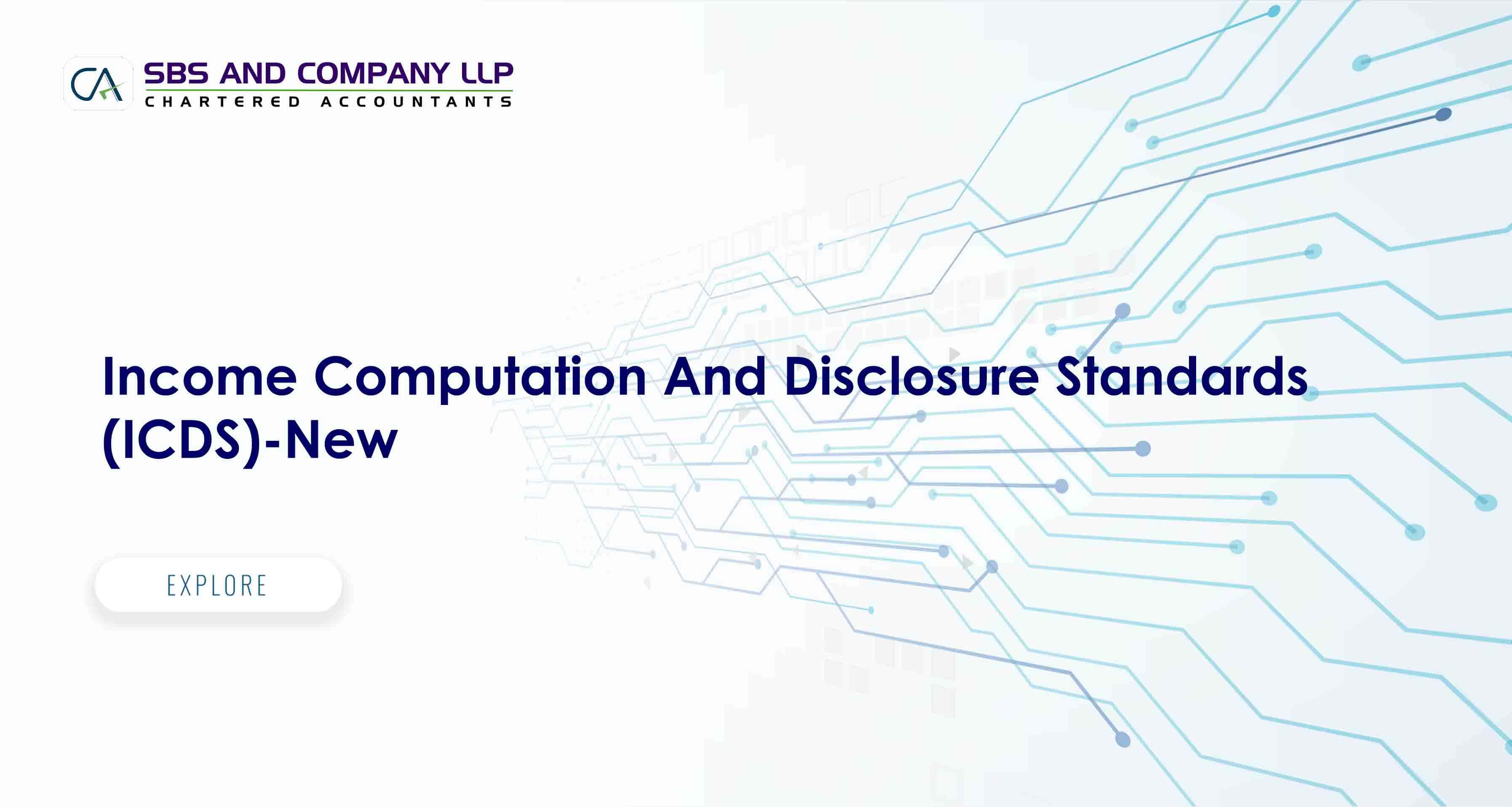|
Sl.
|
Section(s) under the CA,
|
Clause No. in the
|
|
|
Proposed amendment relating to
|
Remarks/Comments/Penalty
|
|
No.
|
2013, amended
|
Amendment Bill
|
|
|
|
|
|
|
|
|
|
|
|
|
|
|
|
|
81
|
Section – 438 –
|
82
|
|
Amendment of Section 438 of the Act, consequent upon the
|
|
|
|
proposed amendment to Section 435 of the Act, thereby to
|
|
|
|
Application of Code to
|
|
|
|
|
|
|
|
replace the words "deemed to be a Court of Session", with the
|
|
|
|
Proceedings before
|
|
|
|
|
|
|
|
words "deemed to be a Court of Session or the court of
|
|
|
|
Special Court.
|
|
|
|
|
|
|
|
Metropolitan Magistrate or a Judicial Magistrate of the First
|
|
|
|
|
|
|
|
|
|
|
|
Class, as the case may be".
|
|
|
|
|
|
|
|
|
|
|
82
|
Section – 439 -
|
83
|
|
Amendment to Sub-section (2) of Section 439 of the Act to
|
Welcome Amendment to remove
|
|
|
include ”Member” in addition to the shareholders, for
|
ambiguity.
|
|
|
Offences to be non-
|
|
|
|
|
|
|
making a complaint with respect to taking cognizance of
|
|
|
|
cognizable.
|
|
|
|
|
|
|
|
offences under the Act by the Court.
|
|
|
|
|
|
|
|
|
|
|
|
|
|
|
|
|
83
|
Section – 440–
|
84
|
|
Amendment to Section 440 of the Act to provide that till
|
|
|
|
Special Courts are established, the trial of offences shall be
|
|
|
|
Transitional provisions.
|
|
|
|
|
|
|
|
continued with Court of Sessionor Court of Metropolitan
|
|
|
|
|
|
|
|
|
|
|
|
|
Magistrate or a Judicial Magistrate of the First Class, thereby
|
|
|
|
|
|
|
to replace the words " Court of Session", appearing in the
|
|
|
|
|
|
section with the words " Court of Session or the court of
|
|
|
|
|
|
Metropolitan Magistrate or a Judicial Magistrate of the First
|
|
|
|
|
|
Class, as the case may be.
|
|
|
|
|
|
|
|
|
|
|
84
|
Section –441 –
|
85
|
|
Amendment to Sub-Section (1) of Section 441 of the Act to
|
Welcome Amendment, giving
|
|
|
replace the words "with fine only", appearing in the Sub-
|
further scope to compound
|
|
|
Compounding of
|
|
|
|
|
|
|
Section, with the words "not being an offence punishable with
|
o f f e n c e s p u n i s h a b l e w i t h
|
|
|
certain offences
|
|
|
|
|
|
|
imprisonment only, or punishable with imprisonment and also
|
imprisonment or with Fine, with
|
|
|
|
|
|
|
|
|
|
|
with fine".
|
imprisonment or with Fine or both
|
|
|
|
|
|
|
|
with out the special permission of
|
|
|
|
|
|
NOTE: Consequent upon amendment to Sub-Section (1) of
|
the Special Court.
|
|
|
|
|
|
|
|
|
|
|
|
|
|
Section 441, the clause (a) of Sub-Section (6) of Section 441,
|
|
|
|
|
|
|
also needs amendment, but seems to have been missed out
|
|
|
|
|
|
|
in the proposed amendment bill.
|
|
|
|
|
|
|
|
|
|


